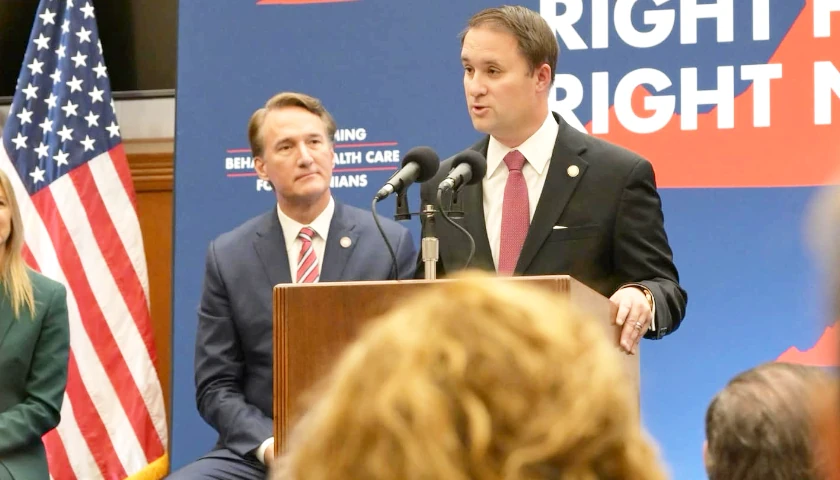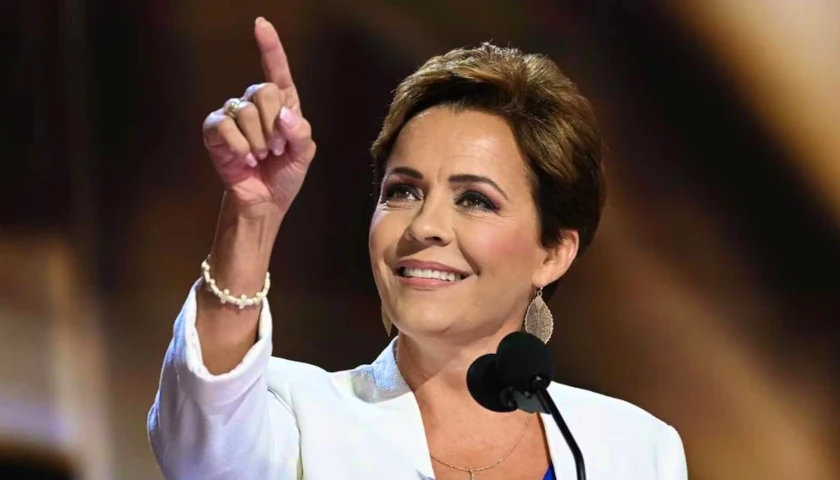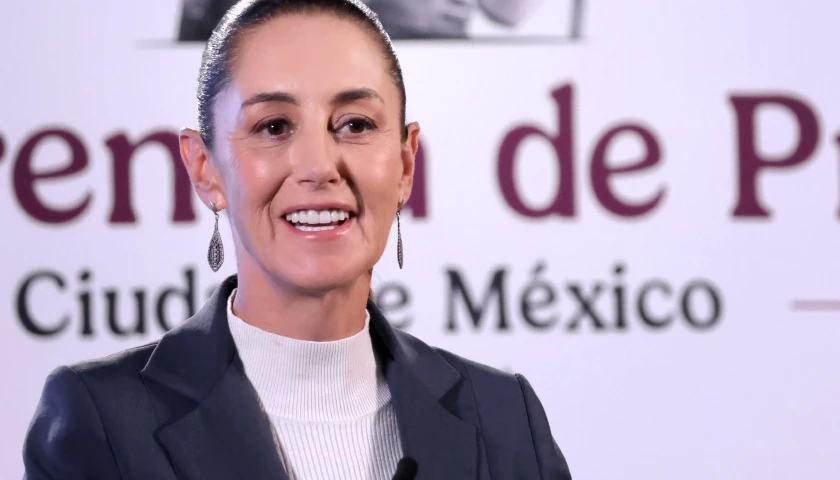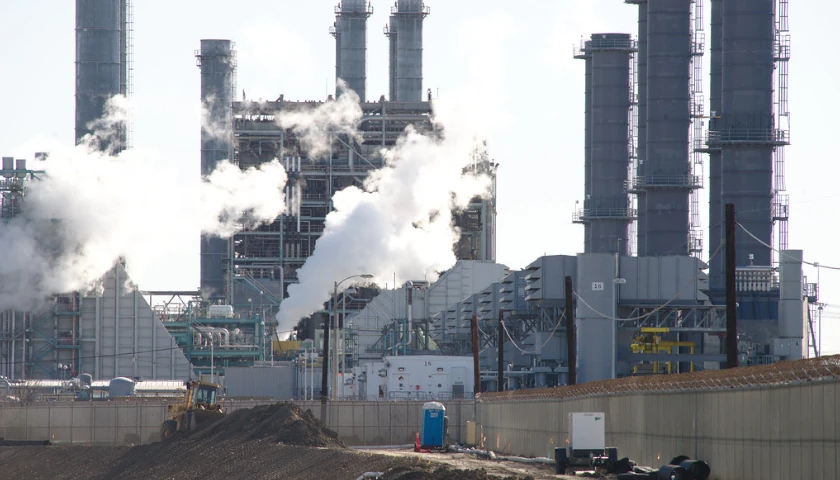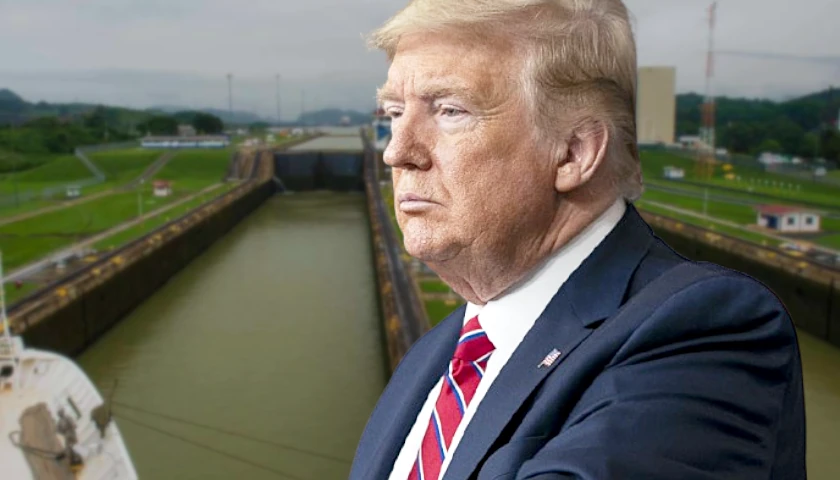by Hank Long
It’s not a bonding year at the legislature, but that didn’t stop lawmakers — every Democrat and a number of Republicans — at the Minnesota Capitol from giving the green light to about $2.6 billion worth of bonding and “cash-only” capital investment projects across the state before time ran out on the 2023 session.
First the Senate, and then the House, voted to pass a pair of bills on Monday that will fund dozens of public initiatives around the state — from bus rapid transit, to public university building renovations, to construction of new fire and police stations, to flood hazard mitigation programs and dozens of local roads and bridges projects.
The bonding bill, HF669, which calls for $1.7 billion in borrowing, needed a super majority — or 60 percent of votes — to pass each chamber. That was essentially paired with HF670, a “cash only” capital investment bill, that will dedicate $850 million in spending to projects around the state. That bill need only a simple majority to pass. Both bills will be sent to Gov. Tim Walz for an anticipated signature.
Bonding deal reached over weekend
With Democrats holding just a one-vote majority in the Senate, it took several iterations of the bonding bill in recent weeks for a final package to earn support from at least 41 of 67 senators. The Senate voted 56-11 to pass the bill on Monday afternoon. That came after leaders in the House and Senate reached an agreement on the legislation over the weekend, where Republican leaders agreed to move the bonding bill with a promise from Democrats to provide $300 million for emergency funding to nursing homes around the state.
Minority leaders in the House and Senate worked late into the evening on Friday to come up with a deal for both HF669 and HF670, which Senate Minority Leader Mark Johnson, R-East Grand Forks, said is something legislators on both sides of the aisle can be proud of.
“Go back to March when the bonding bill first came out,” Johnson said. “We had some concerns, not necessarily what was in the bill, but what the priorities are.”
“I think the end product, the resulting deal, the package we got is something we can be proud of. It helps nursing homes, it takes care of infrastructure, it does the things that Minnesotans asked for. They asked us to work bi-partisanly, and this is the product that came out of that.”
‘The spenders are not done’
The House then voted 97-35 to pass the bill Monday evening. It’s the first time since 2020 a bonding bill has been passed, as the legislature couldn’t come to an agreement in 2022, when Democrats controlled the House and Republicans controlled the Senate.
Republicans who voted against the bonding bill said it was littered with local projects that should be funded by local communities, not by taxpayers across the state.
“You’ve got a whole lot of stuff that should be paid for with local property tax money in this bill,” said Rep. Kurt Daudt, R-Crown. “I’m talking about police stations, I’m talking about fire stations, I’m talking about city halls, all kinds of local parks. I understand everybody wants to come to the Capitol and they want to show they brought home the money.”
Rep. Pat Garofalo, R-Farmington, warned those watching at home that the spending contained in the bonding and “cash-only” bills is unsustainable.
“The spenders are not done,” Garofalo said. “And I will guarantee you that when this session adjourns the demands for even more spending and even more borrowing will be inundating legislators to meet the unmet needs of the state of Minnesota.”
Biggest ticket bonding items
Some of the biggest spending markers in HF669 are dedicated to the following areas, according to Minnesota Session Daily:
- $381 million to the state public facilities authority for 47 water and wastewater projects across the state;
- $326 million to the Minnesota Department of Transportation, with $146 million being dedicated to local roads and bridges projects;
- $233 million to the Minnesota Department of Natural Resources, including nearly $50 million for flood hazard mitigation programs;
- $108 million to the Metropolitan Council, $72 million of that will be dedicated to bus rapid transit projects;
- $90 million to the Department of Veterans Affairs, including nearly $78 million for upgrades at the Hastings Veterans Home campus.
The University of Minnesota will receive $136 million, including $92.6 million to convert the 151-year-old Fraser Hall into an undergraduate chemistry building, while Minnesota State Colleges and Universities will receive $135 million, with $90 million of that dedicated to renovations at 13 campuses.
HF670 ‘cash only’ investments
Both chambers also passed HF670 — a capital investment bill that will spend about $1 billion of the state’s $17.5 billion surplus on a number of projects around Minnesota, including about $49 million for the state Department of Public Safety that will be spent on local fire or public safety facilities.
Other projects in the bill include:
- $26 million for an anaerobic digester facility for Hennepin County;
- $21.6 million to renovate facilities at the St. Peter Regional Treatment Center;
- $14.5 million for improvements to the wastewater treatment plant in Austin;
- $7 million for the Apple Valley transit station;
- $5 million for the Minnesota Military Museum at Camp Ripley;
- $4 million to the Indian Health Board for a medical center in Minneapolis;
- Millions of dollars for new ice rinks, playgrounds, parks, rec centers, and more.
– – –
Hank Long is a journalism and communications professional whose writing career includes coverage of the Minnesota legislature, city and county governments and the commercial real estate industry. Hank received his undergraduate degree at the University of Minnesota, where he studied journalism, and his law degree at the University of St. Thomas. The Minnesota native lives in the Twin Cities with his wife and four children. His dream is to be around when the Vikings win the Super Bowl.



